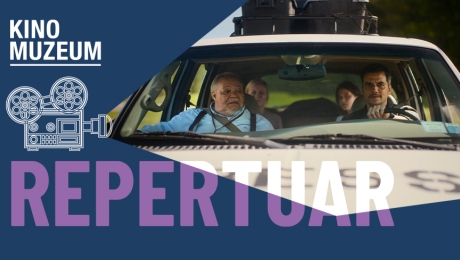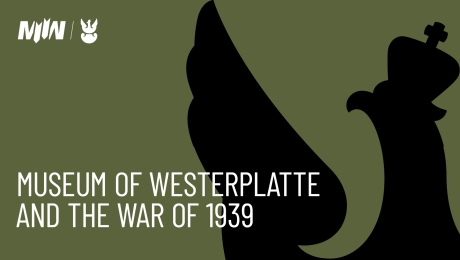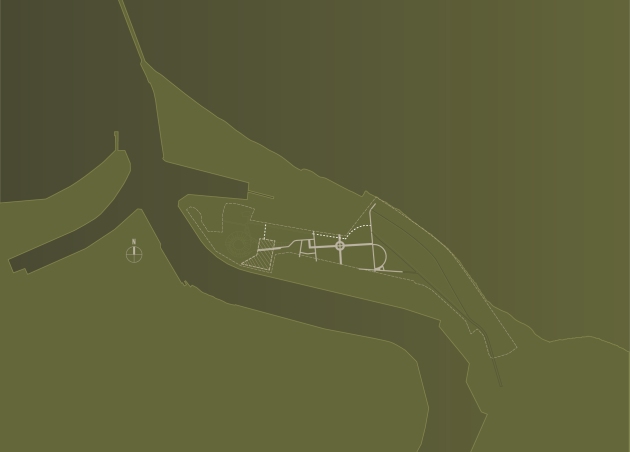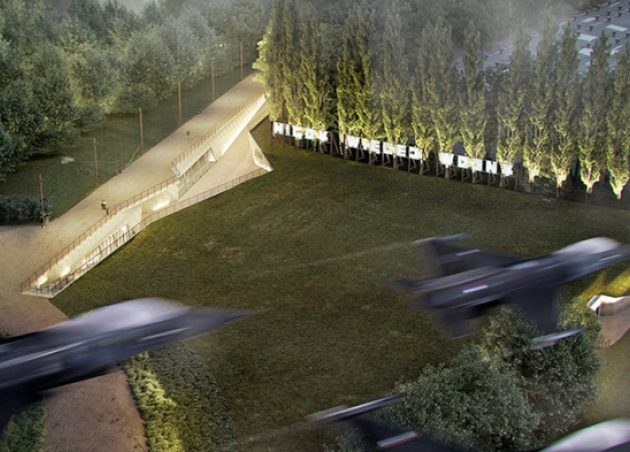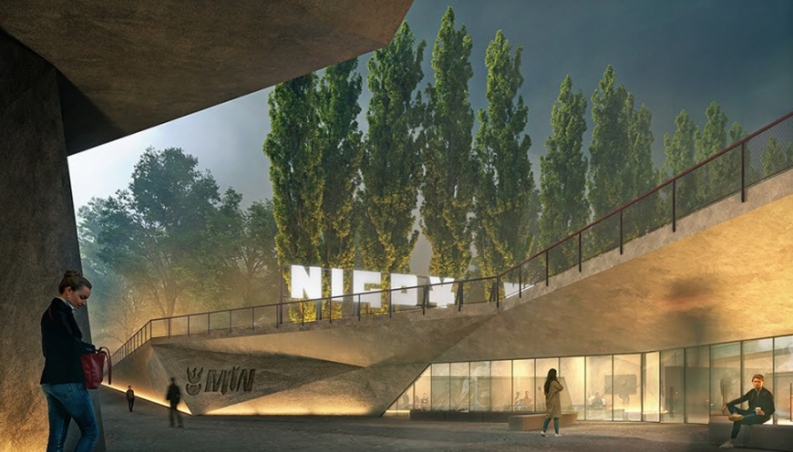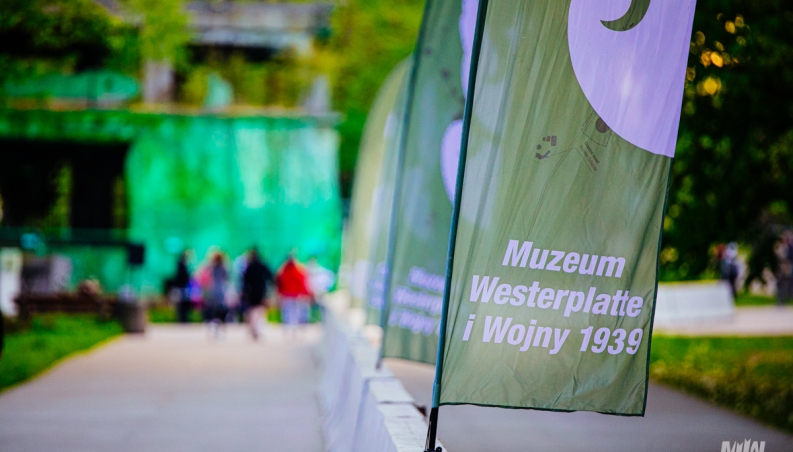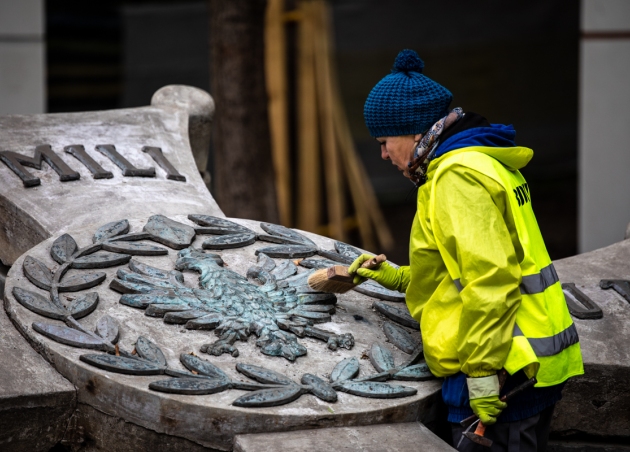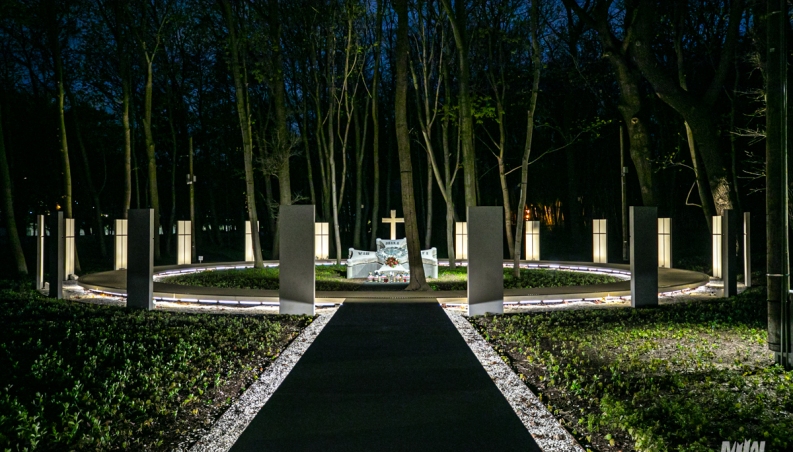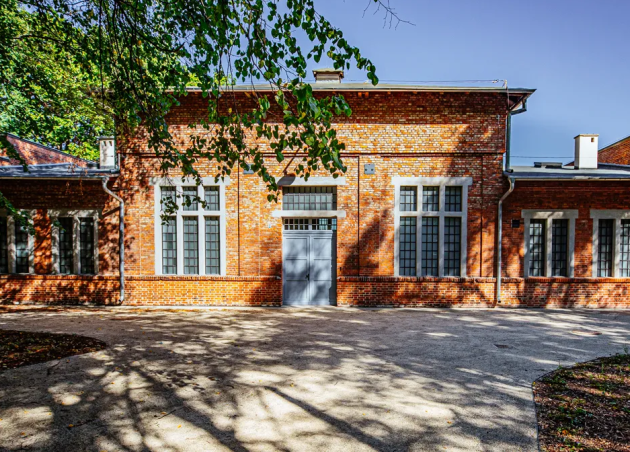The Westerplatte and the War of 1939 Museum is intended to be a tribute and expression of gratitude to Polish soldiers who shed their blood in defense of their homeland from the very first hours of World War II. Its construction is a priority investment of our institution, financed and supported by the Ministry of Culture and National Heritage. The establishment of this institution is a lengthy process due to its location. It is located in a particularly valuable and important area of the historic battlefield – the former Military Transit Depot, which was a Polish foothold in the Free City of Gdańsk.
The museum will focus on preserving three values: the authenticity of the battlefield, the Polish stance during World War II, and memory – including the symbolic beginning of this tragic armed conflict. Therefore, the institution's goal will not only be to showcase the history of the heroic seven-day defense of Westerplatte against the Germans but to place it in a broader context – the battles for the homeland during the Polish campaign of 1939.
The exceptional location of the institution will allow visitors to experience more than just the museum's narrative. The outdoor character of the emerging museum will enable visitors to explore relics of the past in their original landscape. Westerplatte has preserved authentic objects that testify to both the Polish defense of the Military Transit Depot in September 1939 and the subsequent transformations of this area. In some of these places, such as the power plant building, exhibitions will be created to tell the story of selected aspects of Westerplatte's history. There, archaeological relics collected from the peninsula's area by archaeologists from the the Museum of the Second World War will also be used. Other places, such as the ruins of the barracks, will serve as a vivid example of the brutality of war and the direction of territorial changes that occurred after 1945. Some structures (e.g., ammunition bunkers) will be reconstructed to show the Military Transit Depot area in its original form. These spaces will be adapted for exhibition purposes. As part of the museum, entirely new facilities are also being created, but they are integrated into the effort to commemorate the heroic defenders of Westerplatte. A prime example of this is the Polish Army Soldiers' Cemetery, which was opened in 2022.
All of these efforts aim to educate about the battlefield, to create, and above all, to strengthen awareness of the significance of Westerplatte and the seven-day defense of the Military Transit Depot in the context of the beginning of World War II.
The implementation of this investment would not be possible without the dedication of a team of archaeologists who have been consistently conducting excavations for several years. Detailed research was conducted on an area of over 5,500 square meters. During nine stages of the archaeological mission, numerous mementos of events from the beginning of September 1939 were discovered beneath the layers of soil. More than 60,000 relics have been found, of which over 22,000 are items of significant exhibition and historical value. The remains of buildings from the former depot, such as guardhouse No. 5, the officer's villa, old barracks, the administrative building, the non-commissioned officers' mess, the Mikołajewo utility building, and ammunition bunkers No. 8, 10, 11, and 12, have also been uncovered and documented.
The archaeologists have also contributed to restoring dignity to the Polish defenders. During the fifth stage of research in 2019, the remains of nine soldiers who fell in September 1939 were found, seven of whom were successfully identified. They were all laid to rest with dignity at the new Polish Army Soldiers' Cemetery.
The planned museum area will cover approximately 26 hectares. In the outdoor exhibition space, exhibitors and boards will be placed to inform the public about specific episodes from the history of this place, which are important from the perspective of the narrative being conveyed. However, the most important content will be placed in exhibition spaces located in historic buildings – both authentic and reconstructed according to conservation guidelines.









